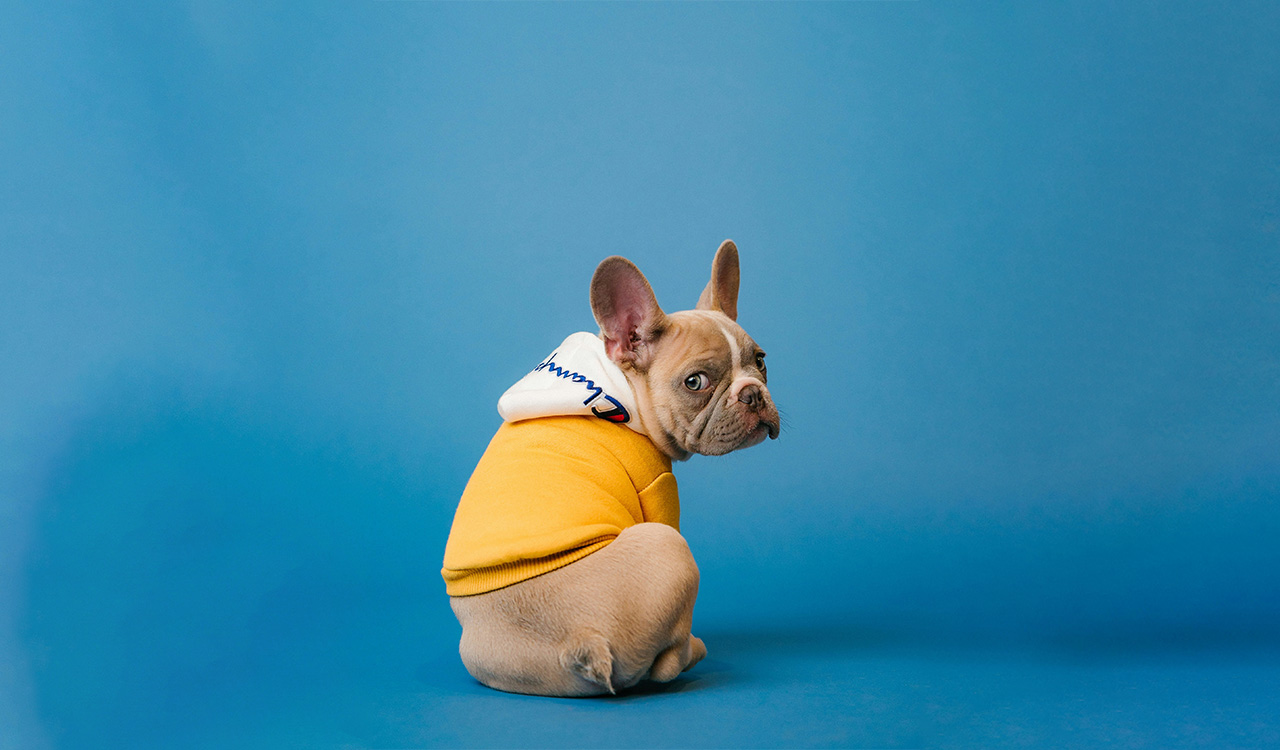How much is that doggie in the window? Probably less than it was two years ago…maybe a lot less. During the worst of the pandemic, Americans stuck at home adapted dogs and cats – and who knows what else – at record numbers, creating a bonanza for the pet business all the companies supplying the pet food, toys, wardrobes, and accessories that went along with them. Grooming services, veterinarian practices, doggie daycare, pet hotels, and even dog-and-cat psychologists all were riding a wave of unprecedented business.
All of this must be put in the perspective that the pet industry remains one of the more resilient sectors in the broader consumer products business and that many Americans consider their pets members of the family and will feed and care for them accordingly.
But as with many post-pandemic reverses, pet ownership and its accoutrements have tapered off dramatically and all those ASPCA shelters that were getting cleaned out of inventory fast and furiously are now reported to be back with full cages. And the pet products business is going to the dogs, feeling the pain.
Pet Business Supply
The adoption rate of pets during the pandemic was off the charts. Estimates are all over the place depending on whether you are using statistics from the industry itself or third parties like government agencies. This much we know: In 2022, Americans spent $136.8 billion on their pets, up 10.68 percent from 2021 when the total was $123.6 billion, according to the American Pet Products Association. This would include food, pet toys, pet care and even pet insurance but not the actual cost of the pet itself.
The association found that as of 2023, 66 percent of U.S. households (86.9 million homes) owned a pet and that pet ownership increased dramatically over the past 30 years: In 1988, only 56 percent of U.S. households owned a pet. The American Veterinary Medical Association, according to a Forbes report, found that “between 2016 and 2022, the percentage of U.S. households who own dogs increased by 6.1 percentage points, from 38.4 percent to 44.5 percent, while the percentage of households that own cats increased by 4 percentage points, from 25 to 29 percent.”
But Put a Leash on These Numbers
With a longer-term perspective, the increases in the number of pet households and spending on pets are impressive but there are new statistics that suggest 2021, which was probably the worst of the homebound pandemic conditions, may have also been the high water mark for the pet business.
At last year’s big trade show for the industry, The Global Pet Expo, reported that the percentage of households with pets had peaked in 2021 and that in fact, it declined from 70 percent in 2021 to 66 percent in 2022. A variety of reasons were cited, from aging baby boomers who weren’t replacing their pets who died, to younger pet-owning generations moving in together or back with parents thereby reducing the number of free-standing pet households.
But Forbes business writer Richard Kestenbaum may have had a much more plausible explanation, “Post-acquisition regret may be the key to the numbers. The pandemic was a giant accelerator for pet ownership. It’s sad, but reasonable to say that the decline in pet-owning households may be driven by new owners who changed their minds once the initial pandemic-induced need for companionship receded, and the costs and work involved became clearer.”
Not Raining Cats and Dogs
Whatever the reason, it’s likely starting to be reflected in the numbers being spent on all those dogs and cats…not to mention birds, reptiles and other four-legged, two-legged and no-legged creatures that once looked so cute in the pet shop or shelter. The 2023 numbers aren’t in yet but results from 2022 suggest that the downturn is already in process.
MarketWatch reported in January of this year that average pet spending per household in the U.S. was $770 per year in 2021 but that in 2022 it dropped a few ticks to $741. It blamed it on “older generations cutting back on spending,” but the decline in pet ownership has to be a factor. So too is inflation, especially when it comes to the cost of pet food. Numerous sources confirmed that many pet owners were trading down from premium food brands to store brands and less expensive alternatives. One can assume there were also fewer chew toys, squeaky balls, and fuzzy beds being purchased for all those little creatures.
Hard numbers are hard to isolate as so much of the pet food business is controlled by giant CPG companies with numerous product classifications. Last fall General Mills, which owns the Blue Buffalo line of premium pet foods, said it expected organic net sales in its pet segment to be roughly flat going forward at the end of 2023 due to consumers cutting back.
Around the same time, the giant pet products retailer Petco, in announcing disappointing first-quarter results said it was initiating a round of layoffs at its San Diego headquarters and suggested the market was tightening. They gave a number of reasons: “Our business could be harmed by any material decline in the amount of consumer spending, which could reduce our sales, or a decrease in the sales of higher-margin products, which could reduce our profitability and adversely affect our business.
“For instance, a decline in the amount of discretionary consumer spending due in part to persistent inflation has negatively impacted sales of discretionary items, which has had, and could continue to have, an adverse effect on our profitability.” Wall Street has certainly taken note of the situation and Petco’s stock has nosedived from its April 2022 high of nearly $22 a share to around $2.70 in mid-January.
Chewy, once part of Petco but spun off in 2019, has seen a similar decline from its heart-of-the-pandemic February 2021 high of more than $118 a share to about $19.50 this month. Analysts have suggested that Chewy’s more affluent customer base, at least compared to Petco, might be more resistant to economic pressures.
Pet Projects
The overall business may be scaling back but some of the retail players in the space are aggressively trying to get a bigger piece of that smaller dog bone. The aforementioned Chewy announced it will be opening veterinarian clinics this year, which would represent its first physical locations. Called “Chewy Vet Care,” the first practice will open in South Florida during the early part of this year with additional locations launching throughout 2024, the company said, adding it will “offer services including routine appointments, urgent care and surgery.” No mention of pet basics like food or accessories but don’t be surprised to see them on sale.
By the way, Petco already has in-store vet clinics in more than 100 of its locations and no doubt is expanding those efforts. And if you aren’t sure where it is going with pet care, don’t forget the full name of the company: Petco Health and Wellness Company, Inc.
Big box players are also stepping up their pet plays. This past fall Walmart opened its first Pet Services center in its Dallas, GA, store, about an hour northwest of Atlanta. It’s probably no coincidence that this store was also the site of the retailer’s first Health Center, which opened in 2019 and is now expanding to additional locations, While Walmart offers in-store vet clinics in about 65 of its stores operated by a third party, this new Pet Services center is run by the company itself and “will offer low, transparent pricing for key pet services in a central location within a dedicated storefront. Services will be offered at Walmart’s Every Day Low Prices, including routine veterinary care (vaccines, wellness exams and minor medical services), grooming (baths, nail trims, teeth cleaning, ear cleaning and basic hair trims) and a self-serve dog wash. Again, in standard Walmart practice, look for a larger scale roll-out of this concept once they work out some of the bugs…figuratively, not literally.
Even Amazon, which is still trying to find its footing with physical stores, is rumored to be adding online telemedicine services for pets to go along with what it is currently doing for their human owners. No specifics yet and Amazon isn’t talking about it but given its dogfight (pun intended) with Walmart it stands to reason they will do something sooner rather than later.
Putting on the Dog
All of this must be put in the perspective that the pet industry remains one of the more resilient sectors in the broader consumer products business and that many Americans consider their pets members of the family and will feed and care for them accordingly.
What we’re seeing is a more accurate reset of the business back to pre-pandemic levels without the emotionally driven spike that Covid inflicted upon the American psyche. If you’ve ever owned a dog or a cat – or again, one of those other critters – you get it.
And you always will.




